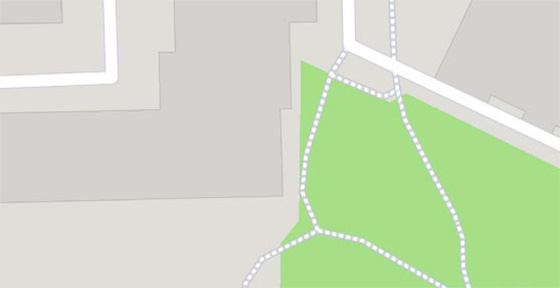Księży Młyn (Priest's Mill) is a district of Łódź, which since 1824 has been creating an industrial city, an architectonically coherent complex of textile factories, workers' houses and social facilities. For years, efforts have been made to include it on the UNESCO World Heritage List as an example of industrial architecture from the 19th century. Built from red brick, the buildings refer to the Gothic style. At the beginning of the 21st century, they underwent a revitalization and today they serve in residential, cultural, and social purposes.
Since 1827 Księży Młyn had been built over with factory buildings. However, the current form of this place was mostly influenced by Karol Scheibler, who bought this area in 1854. Then, the factory and residential complex, based on English industrial settlements, was created. It created a kind of city within the city. Workers not only worked there, but also lived, had access to social welfare, industrial school, and recreational area.The buildings of Księży Młyn have been built in the 1870s. Its main facility is a cotton mill, the largest industrial building in Łódź. Besides it, warehouses, a dyehouse, and back room buildings were built. A workers' settlement with a hospital, a fire station, a school, and a shop was set up around the cotton mill. Karol Scheibler built his palace in the corner of the whole district. Many of the Księży Młyn buildings have already undergone revitalization. The former workers' apartments are still waiting for it.Less
Attractions inside
Księży Młyn
map


Księży Młyn – popular in the area
(distance from the attraction)


